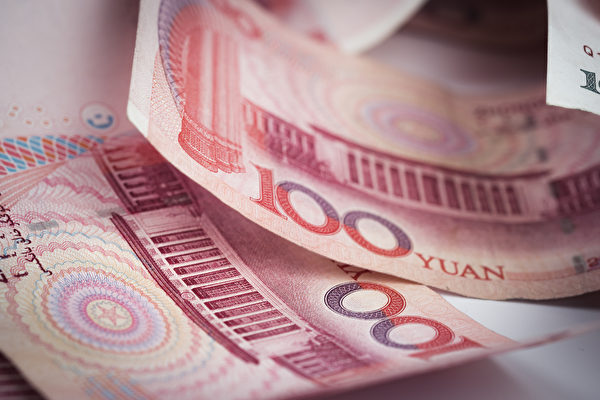In February 2022, Russia invaded Ukraine, leading to the implementation of sanctions by the United States and its allies. As a result, Russia was expelled from the SWIFT international payment system, rendering them unable to settle in USD and EUR in international trade, prompting a shift towards reliance on the Chinese Yuan for settlements.
Following the sanctions imposed by the US and Europe on Russia, trade between China and Russia has increased. According to Bloomberg, as of June, the Chinese Yuan accounted for 99.6% of Russia’s foreign exchange market. Russian commercial banks have increased corporate loans denominated in Chinese Yuan.
However, Reuters reported that Russia’s reliance on the Chinese Yuan is now backfiring as top Russian banks are running out of Yuan reserves. Major Russian banks are calling on the Central Bank to address the issue of Yuan liquidity shortage, which has led to the Russian Ruble plunging to its lowest level since April.
The CEO of Russia’s largest bank, Sberbank, German Gref, stated at an economic forum, “We can no longer lend in Yuan because we have nothing to lend.” The US expanding the definition of Russia’s military-industrial base and implementing secondary sanctions have resulted in more Chinese banks refusing to conduct payments and trade settlements with Russia.
Russian media outlet “Izvestia” reported on August 12th that currently, 98% of Chinese banks, including small regional banks, are rejecting direct Chinese payment transfers from Russia. Consequently, Chinese banks have been hesitant to transfer Yuan to their Russian counterparts for trade settlements, causing transactions to stall for months.
As Yuan liquidity dries up, Russian companies have had to obtain Yuan through currency swaps with the Central Bank. Reuters reported that at the beginning of this month, banks raised a record 35 billion Yuan through these swaps from the Russian Central Bank. Banks are hoping for more assistance.
“I believe the Central Bank can provide assistance,” said Andrei Kostin, CEO of VTB, Russia’s second-largest bank, on September 5th. He added, “I hope they understand the necessity of increasing liquidity through swaps.”
However, on September 6th, the Russian Central Bank dashed these hopes by urging banks to control corporate loans denominated in Yuan. Bloomberg reported that the Russian Central Bank also stated in a report that swaps were only for short-term stability in the domestic currency market, not a long-term funding source.
The Central Bank released a survey showing that one-fourth of Russian exporters experienced problems with foreign counterparts, including being blocked or having payments returned even in transactions with so-called friendly countries. About half of the exporters stated that issues in the second quarter were more severe than in the previous quarter.
The overall Russian economy has been supported by government wartime spending and support for oil exports to China and India. However, labor shortages due to busy factories and military operations have further exacerbated inflation.
Researchers led by Jeffrey Sonnenfeld at Yale University cautioned that the seemingly robust GDP data masks deeper economic issues within Russia. “In short, the Russian government prioritizes military production over the economy at a significant cost,” they wrote. “As the defense industry expands, Russian consumers’ debt burden increases, potentially laying the groundwork for an impending crisis. Overemphasis on military spending is diverting investment from other sectors, stifling long-term growth prospects and innovation.”

